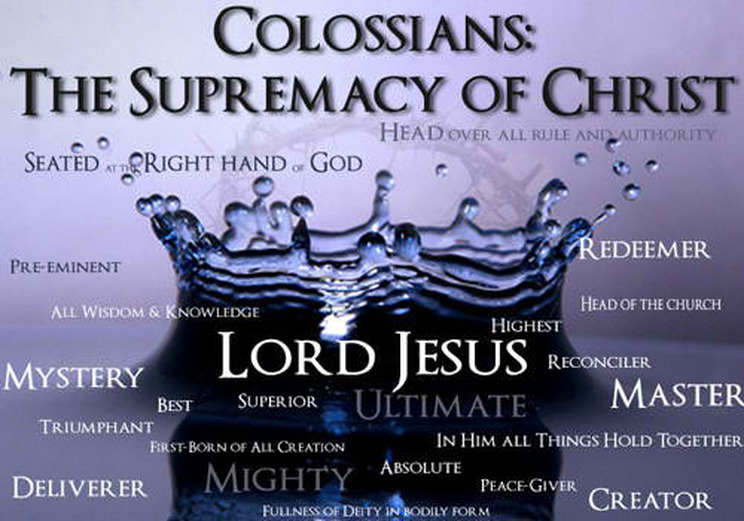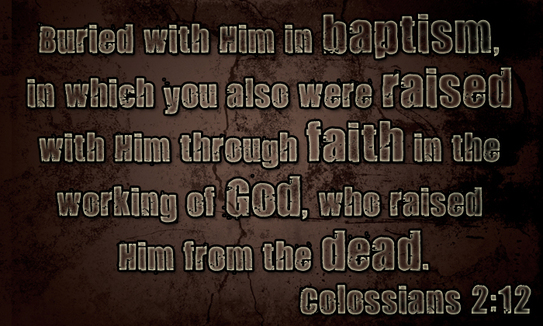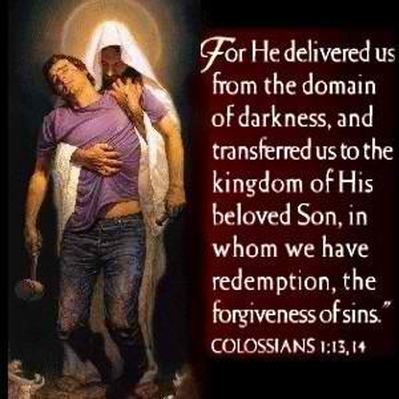Paul's Letter to the Colossians

During Paul's three-year ministry in Ephesus, Epaphras had been converted and had carried the gospel to Colosse. The young church that resulted then became the target of heretical attack (the Colossian heresy), which led to Epaphras' visit to Paul in Rome and ultimately to the penning of this letter.

Paul's goal is to refute the Colossan heresy. To accomplish this goal, he exalts Jesus Christ and states that He is completely adequate. The theme is the complete adequacy of Christ as contrasted with the emptiness of mere human philosophy. In Christ we "have been made complete" (2:10).

I. Greetings, Thanksgiving and Prayer (1:1-14)
II. The Supremacy of Christ (1:15-23)
III. Paul's Labor for the Church (1:24-2:7)
IV. Freedom From Human Regulations Through Life With Christ (2:8-23)
V. Rules For Holy Living (3:1-4:6)
VI. Final Greetings and Conclusion (4:7-18)
II. The Supremacy of Christ (1:15-23)
III. Paul's Labor for the Church (1:24-2:7)
IV. Freedom From Human Regulations Through Life With Christ (2:8-23)
V. Rules For Holy Living (3:1-4:6)
VI. Final Greetings and Conclusion (4:7-18)

In chapters 1-2, Paul sends thanks to the faithful brethren “who are at
Colosse”. Paul did not establish the Colossian Church and had never
visited there. He teaches one of the most powerful passages attributing the
divinity of Jesus Christ who is God in flesh. It is apparent that false
teachers were spreading heresy by rejecting the deity of Jesus Christ, probably
teaching that He was just a “unique man”. Paul warns not to allow anyone to lead them astray with philosophy, trickery or by traditions of men. Paul then assured the church that Jesus is God, “in Him all the fullness of Deity
dwells in bodily form” (2:9), and that He, “reconciled all things unto
Himself” (1:20), and He did it by, “having nailed it to the cross”
(2:14) referring to our sins.
Colosse”. Paul did not establish the Colossian Church and had never
visited there. He teaches one of the most powerful passages attributing the
divinity of Jesus Christ who is God in flesh. It is apparent that false
teachers were spreading heresy by rejecting the deity of Jesus Christ, probably
teaching that He was just a “unique man”. Paul warns not to allow anyone to lead them astray with philosophy, trickery or by traditions of men. Paul then assured the church that Jesus is God, “in Him all the fullness of Deity
dwells in bodily form” (2:9), and that He, “reconciled all things unto
Himself” (1:20), and He did it by, “having nailed it to the cross”
(2:14) referring to our sins.

In Chapter 3-4, Paul encourages the church to focus on God, and keep their eyes on the goal, "set your mind on the things above.." (3:2). He teaches believers how to live at home, how to manage family matters and how to get along with other believers in Christ. His approach is for believers to put aside the petty situations that become obstacles in our lives, ultimately slow us down, and prevent the spread of the Gospel. Plow forward with the Gospel!
continue to 1 Thessalonians...
continue to 1 Thessalonians...
